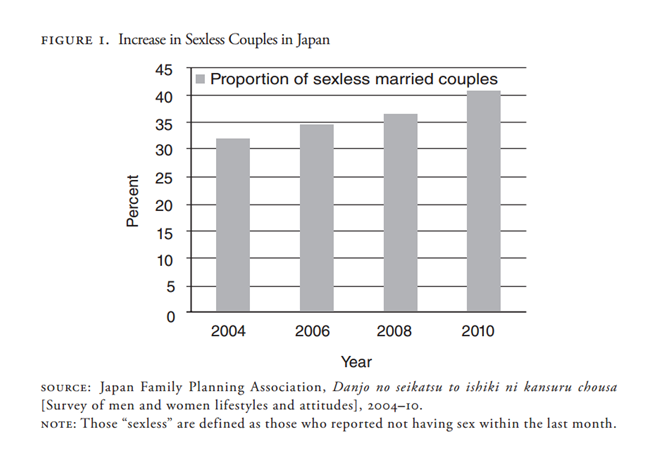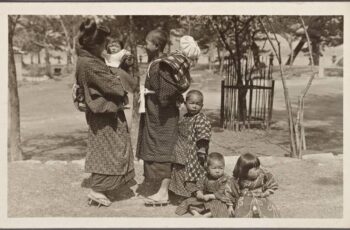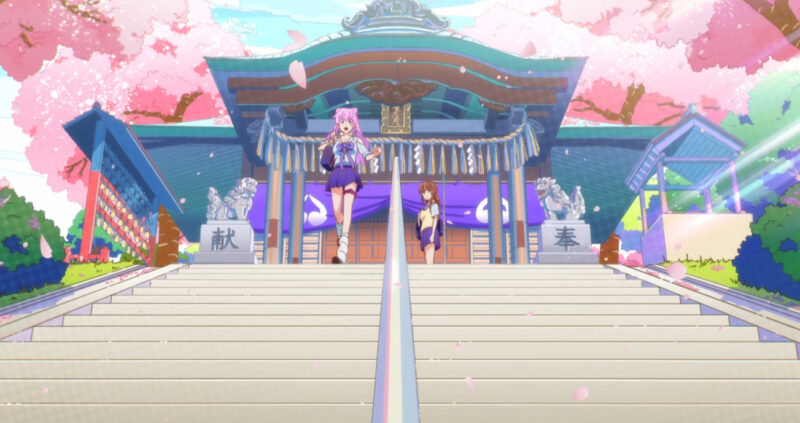
More Than a Married Couple, but Not Lovers begins with a reality-TV premise. Shiori, Jiro, and Akari’s high school has implemented a couples-training practicum, which aims to have students develop their social skills by simulating heterosexual marriage. While on the surface this appears to be the usual manga-anime contrivance, as population levels decline, something similar could be enforced in autocratic nations. Even in the US, population decline and marriage-rate decline worries many to the point where the tax code punishes single people with higher taxes than couples with children. Ahem, I will leave off the politics now. The premise of More Than a Married Couple, but Not Lovers may not be as far-fetched as it first appears.
As with the usual romantic comedy, Jiro is the man at one end of the love triangle. Shiori is his childhood friend, and Akari is an outgoing gyaru. Jiro has feelings for Shiori, and she does for him too, but in typical fashion neither is upfront with those feelings. Akari, on the other hand, is paired with Jiro for the practicum and slowly develops feeling for him. Because Akari’s a gyaru, she has a certain reputation as being experienced with dating and with men. Her fashion leans toward exhibitionist, and as she begins to feel more comfortable with Jiro, she increasingly shows more skin to try to get through to him and to cover for her own social insecurities.
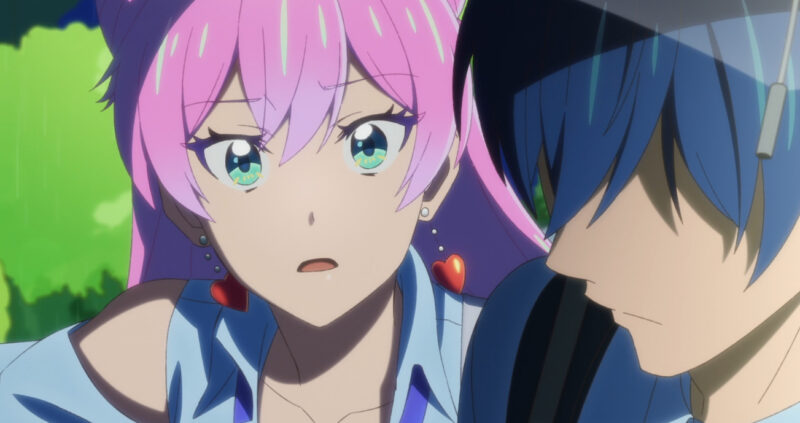
The main point of contention in the story centers around how the practicum works. Each apartment is equipped with sensors with somehow measure the couple’s level of social closeness. Once the couple achieves an A rank, they can then break up and choose another A-ranked student to continue the practicum. Jiro wants to shack up with Shiori, and Akari wants to do the same with the popular guy Minami. Some of Akari’s insecurities deal with Minami. None of the characters in the story are bad people. In fact, all four of the main cast spend much of the story doubting and suppressing their feelings so the others can live their dreams. Akari, in particular, sacrifices her heart (as cheesy as that phrase is nowadays) because she understands just how much Jiro loves Shiori. This selflessness creates most of the tension and conflict in the plot, providing an interesting twist to fairly standard romance.
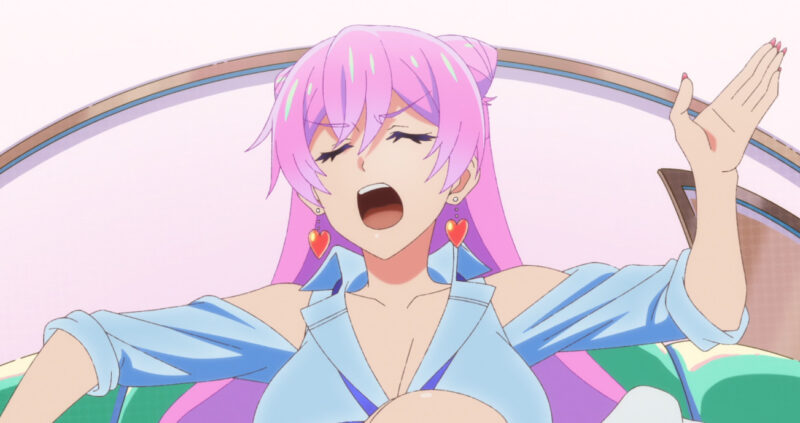
The anime itself stands out with its use of color and halftones. Shadows use vibrant shades of purple, and the color design leverages complementary colors. Halftones appear as a texture to break up color solids. The halftone design adds subtle interest. The overall effect is quite lovely. The backgrounds don’t overpower the character nor do the characters feel pasted on. Akari’s outfit designs serve as the palette for the scenes. If you look closely at the character’s eye designs, you will see the same layering and color design. School scenes are largely drab compared to the outdoor and other scenes, which provides good commentary on school. The animation itself remains solid throughout. This isn’t an action anime; however, there are nice touches in scenes, such as subtle small-hair and shadow movements. These small animations add much to the scenes.
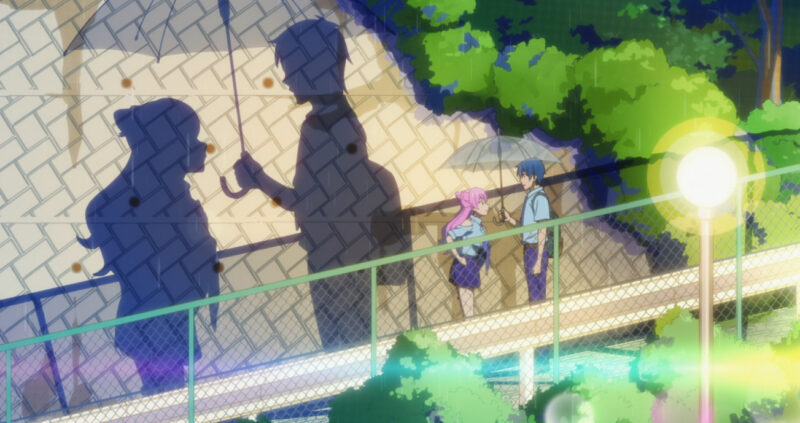
This still provides a good example of what I mean. Notice the use of blue in the background foliage and the use of halftones. Akari’s shadow shares the same blue, if at a different value, as the background. Jiro’s shadow is a different shade from Akari’s, which wouldn’t be necessary for the effect, but remains a great touch. Notice how the shadow of the fence also changes hue across the character’s shadows. Akari’s hair color appears in the “emotion bubbles” floating near the lamp, but otherwise Jiro’s tones dominate the still. Throughout the anime, you will see similar stills and use of color with a single character often acting as the base palette. This frame also has great composition with the lines of the foliage drawing the eye past the characters and to the shadows. The diagonals lend interest to the scene with the angle of the background bricks pulling the eye toward the characters and their shadows too.
More Than a Married Couple, but Not Lovers takes the usual romance template and shifts it in interesting ways, particularly with Akari’s character. Selflessness provides the main source for conflict and wrestling with feelings that defines stories like this. Jiro isn’t as dense as most males are, but Akari’s forwardness helps a bit with that. The story uses fan service to illustrate Akari’s inner conflicts and, most of all, uses color design in interesting and refreshing ways. More Than a Married Couple’s animation is solid, but not anything that stands out. However, I hope its color design will inspire other anime to play with colors in unique ways.

